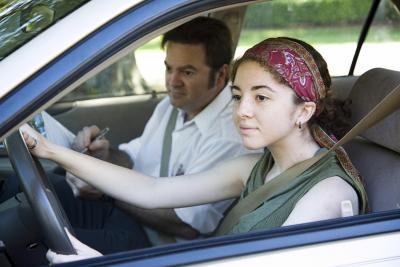A driving permit allows you to master driving skills so you can pass a driving test and obtain your driver’s license. Because it is not a full license, it restricts how you can drive as detailed here. Though general rules apply to all states, specifics can vary from state to state so consult your local Department of Motor Vehicles (DMV).

To obtain a permit, you must meet application requirements, pass a written test, and pay a fee.

If you are under 18, you must also have the signature of your parent or guardian, and either completed or participating in approved drive education or driver training programs. In some states such as Idaho, you can get a permit as young as 14.

With a permit, you cannot drive by yourself, even when traveling to the DMV to take a driving test.

You must practice with someone who has a valid driver’s license from the state in which you are driving. The age of that person varies. In California, for example, if you are under 18, that person must be 25 years old or older. In Georgia, he must be 21 or older.

That person must be sitting close enough to take control of the vehicle at any time. This is usually the front passenger seat.
Night drivingMany states restrict driving to certain hours. In Florida, for example, minors can only drive during the daylight hours for the first three months. In upstate New York, minors accompanied by parents, guardian, or certified instructors can drive at night.
